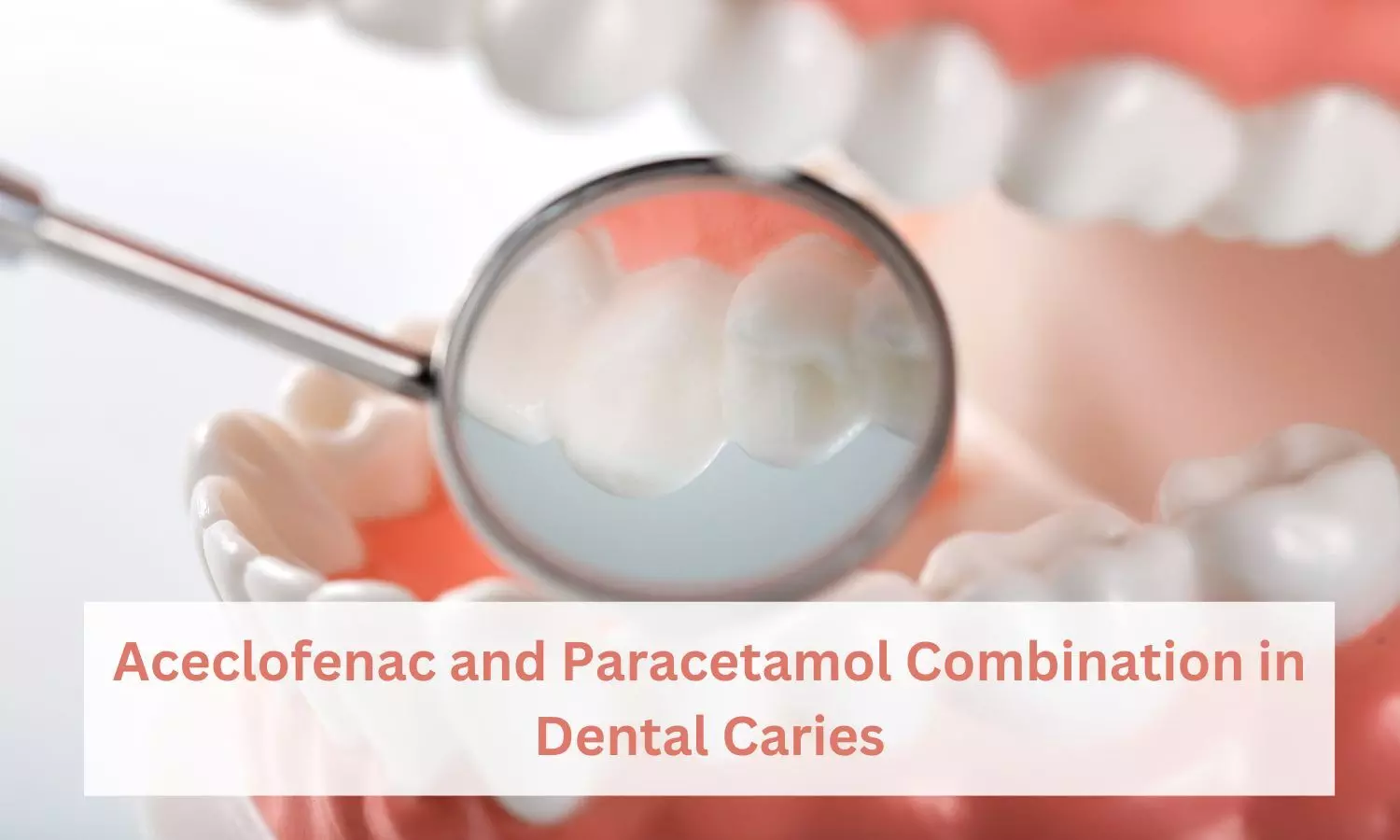The coordination of speaking and breathing by the brain : The study

Researchers from MIT have discovered a brain circuit that drives vocalization and ensures that you talk only when you breathe out, and stop talking when you breathe in.
The study, published in the Journal Science, highlights a newly identified circuit governing two essential vocalization actions: larynx narrowing and lung exhalation. Located in the larynx, the vocal cords are two muscular bands that can open and close. When they are mostly closed, or adducted, air exhaled from the lungs generates sound as it passes through the cords.
Additionally, researchers also discovered that this vocalization circuit is commanded by a brainstem area regulating breathing rhythm, thereby prioritizing breathing over speech.
“When you need to breathe in, you have to stop vocalization. We found that the neurons that control vocalization receive direct inhibitory input from the breathing rhythm generator,” said Fan Wang, an MIT professor of brain and cognitive sciences, a member of MIT’s McGovern Institute for Brain Research, and the senior author of the study.
For the study, the MIT researchers investigated how the brain controls vocalization in mice, who communicate through ultrasonic vocalizations (USVs). By mapping synaptic connections between neurons, they traced back from laryngeal motor neurons controlling vocal cord adduction to identify the neurons innervating them.
The findings revealed that specific RAm neurons, active during ultrasonic vocalizations (USVs), are essential for vocalization. Targeting these neurons, called RAmVOC, and manipulating their activity revealed that blocking them prevents vocalization because the vocal cords remain open and abdominal muscles don’t contract as usual during exhalation. Conversely, activating RAmVOC neurons leads to vocalization: vocal cords close, mice exhale, and USVs are produced. However, prolonged stimulation causes interruptions by inhalations, indicating the process is regulated by the brain’s breathing control center.
“Breathing is a survival need. Even though these neurons are sufficient to elicit vocalization, they are under the control of breathing, which can override our optogenetic stimulation,” said Wang.
Reference: JAEHONG, SEONMI CHOI, JUN TAKATOH, SHENGLI ZHAO, ANDREW HARRAHILL, BAO-XIA HAN, AND FAN WANG; Journal: Science; DOI: 10.1126/science.adi8081
Powered by WPeMatico











